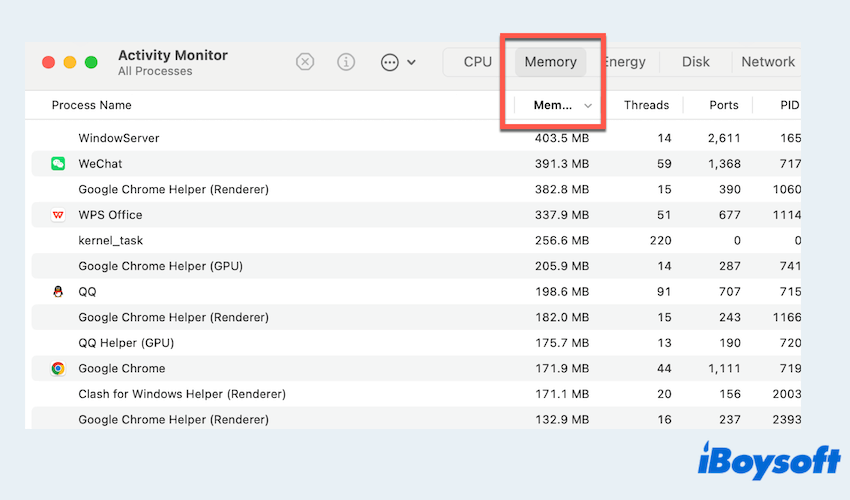A memory leak is one of the most common yet frustrating problems in software and system performance. In simple terms, a memory leak happens when an application or process consumes RAM but fails to release it after it's no longer needed.
What is a memory leak and how to prevent it? I think it takes up many resources. -quora.com
This article explains what causes memory leaks, their effects, how to check them, and how to fix them.
What causes memory leaks and their impacts
Here we summarize and list the common reasons and consequences of memory leaks.
Common causes of memory leaks:
- Long-running processes: Services or apps that run continuously and gradually accumulate unused memory blocks.
- Circular references: Objects reference each other, preventing garbage collection from cleaning them up (common in JavaScript and Python).
- Poor memory management in code: Developers forget to release memory that was dynamically allocated, especially in languages like C or C++.
- Unclosed resources: Files, network connections, or UI elements are opened but never properly closed.
Potential impacts of memory leaks:
- Slow performance: Your computer may slow down over time as available memory becomes limited.
- Application crashes: Programs may freeze or crash due to running out of memory.
- Unstable system: Severe memory leaks can affect the entire operating system, especially in critical systems or servers.
- Shortened device lifespan: Consistent memory pressure can stress hardware and reduce its overall longevity.
So, let's check whether there is a memory leak on your computer and find some fixes.
How to check for memory leaks on Mac
- Finder > Applications > Utilities > Activity Monitor.
- Click the "Memory" tab and click "Memory" to list from greater memory usage to smaller one.
- Look for apps with increasing memory usage over time without any clear reason.
- Select the certain and click the x button on the top.

You can use Instruments in Xcode > Open Developer Tool to profile and check for leaks.
For Windows: Open Task Manager (Ctrl + Shift + Esc) and go to the "Details" tab. Then right-click headers > Select columns > Add "Working Set", "Private Working Set", and "Commit Size". It can monitor your process's memory growth over time.
How to fix memory leaks
Here are some tips:
# 1 Close Resources Properly
Always close files, network connections, and GUI elements. Use try...finally or with blocks to ensure resources are properly handled.
# 2 Use a Language with Garbage Collection
Languages like Python, Java, or JavaScript manage memory for you, but they're not immune to leaks, especially due to circular references or retained closures.
# 3 Run Regular Tests and Monitoring
Set up automated tests to simulate usage over time and monitor for memory creep. Or use memory profilers regularly in development.
# 4 Fix Detected Leaks Immediately
Once a leak is identified, isolate the code responsible and refactor it. It may involve:
- Removing unnecessary object references
- Rewriting inefficient loops
- Redesigning how data is stored or cached
Memory leaks may seem invisible at first, but they can silently wreak havoc on your system's stability and performance. Whether you're developing an app or just using your computer day to day, keeping an eye on memory usage and understanding how to spot and fix leaks is essential.
By combining smart programming practices with regular monitoring, you can avoid many of the issues caused by memory leaks and keep your system running smoothly.
Please share this post if you feel it is useful. Read more about how to fix macOS Ventura memory leak.
FAQ about memory leaks
- QWhat does a memory leak do?
-
A
It causes a program to gradually consume more RAM without releasing unused memory, slowing down the app/system over time and potentially leading to crashes.
- QCan bad RAM cause memory leak?
-
A
No – memory leaks are software bugs, not hardware issues. Bad RAM causes crashes/data corruption (e.g., blue screens), but leaks stem from code errors like forgotten deallocations or lingering references.
- QWhy is my memory usage so high?
-
A
Possible reasons: Legitimate needs (large files/apps running), Memory leaks (check if usage grows indefinitely), Resource-heavy apps (browsers/video editors), Background processes, Inefficient software... You can use Activity Monitor (Mac) or Task Manager (Win) to identify the culprit.
